What the Snapdragon 8 Gen 1 tells us about next year's Android phones
If y'all've got 2022 circled on the agenda every bit the year to buy one of the premium Android phones expected to hitting the market, this past week brought some very good news. Qualcomm previewed the Snapdragon 8 Gen i, the latest version of its superlative-of-the-line silicon for mobile phones, and the features it chose to talk about made me very optimistic about what next year's phones will be able to practice.
To exist off-white, every company sings the praises of every new production they reveal — that'southward par for the class when it'southward time to sell something. But what was striking virtually the Snapdragon 8 Gen i reveal is what Qualcomm had chosen to emphasize. The Snapdragon 8 features the chip maker is talking up are centered around tasks that increasingly are defining what people turn to smartphones for.
And it's worth paying attending to that if y'all accept any interest in Android devices. Not every one of the best Android phones that have come up out in the past twelvemonth used the Snapdragon 888, the predecessor to the Snapdragon 8 Gen 1 that Qualcomm showed off this by week. But many key phones did, including Samsung's Galaxy S21 lineup and its top foldable phones, the OnePlus nine and OnePlus 9 Pro and many of the best gaming phones.
The things that Snapdragon's 8 Series chipsets enable tell us a lot about what's coming to the next batch of Android flagship phones. Here'due south what we've learned so far.
Android phone operation
Naturally, a lot of the interest in the buildup to the Snapdragon 8 Gen 1's unveiling centered around what kind of operation information technology enables. And the early leaks were not encouraging.
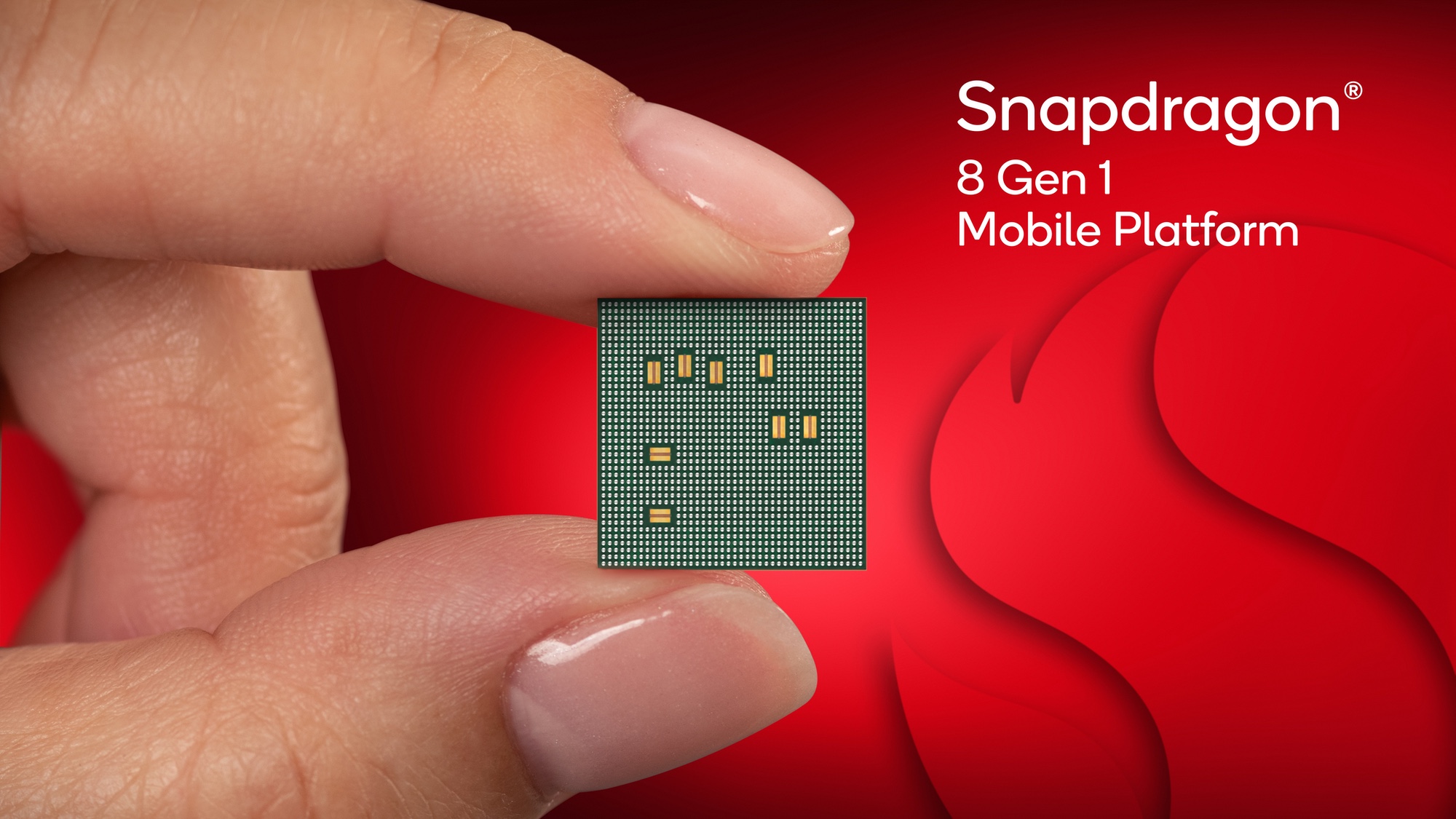
Ane leaked test featuring Qualcomm's bit powering a Samsung Galaxy Tab S8 produced multicore scores on Geekbench 5 that lagged behind the Snapdragon 888. Another leaked Geekbench five result featuring an upcoming Samsung phone (nigh probable side by side yr's Galaxy S22) too showed an underpowered chip.
In that location were plenty of reasons not to lose too much sleep over these early numbers. For one, benchmarks just provide some of the moving-picture show of how a chipset performs, and the silicon used in pre-release device isn't ever fine tuned for performance.
Indeed, Qualcomm tells us that the Kryo CPU included on the Snapdragon 8 Gen 1 should come across a 20% boost in speed while consuming thirty% less free energy. The Adreno GPU is in line for a 30% speed heave with a 25% improvement in power savings. Apply these percentages to the benchmark results we saw from Snapdragon 888-powered phones, and you'd expect performance gains that come up clumsily close to what the iPhone 13 and its best-in-class A15 Bionic chip tin practise.
That'south certainly nice to imagine. But performance isn't necessarily the thing that excites me about what the Snapdragon 8 Gen 1 brings to the table.
More powerful photography
Along with the CPU and GPU, at that place are other parts to Qualcomm'south system-on-fries. Ane of the large areas is the Spectra Internet access provider, the image signal processor that manages a lot of the camera features on your smartphone.
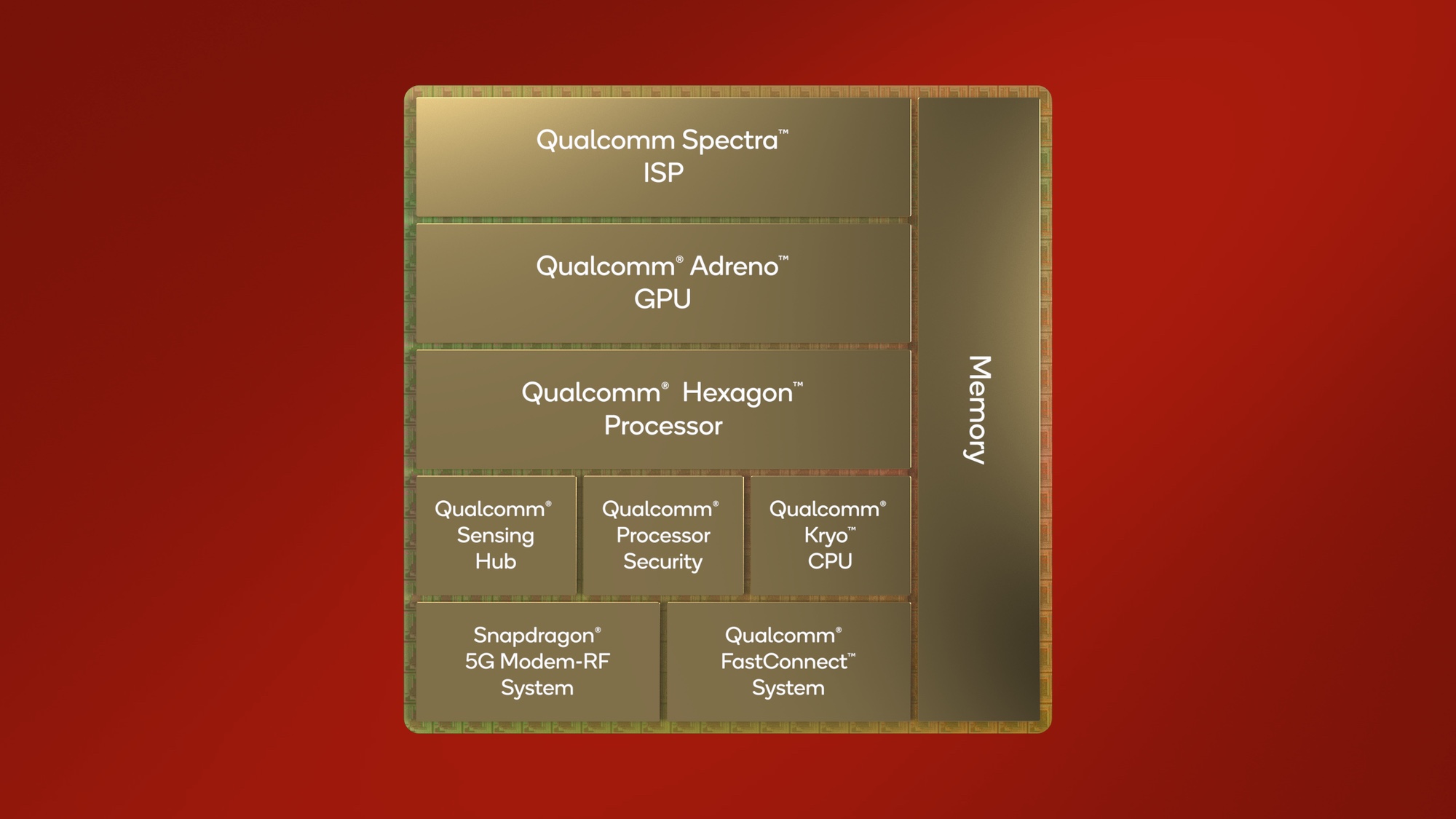
The Spectra version included on the Snapdragon 8 Gen i potentially brings some powerful capabilities to your hereafter Android phone. For starters, the Snapdragon 8 Gen one features an xviii-flake ISP, an improvement from the Snapdragon 888's 14-scrap version. As a result, expect greater dynamic range, sharpness and colors in the photos you take.
Another first for mobile is the Snapdragon 8 Gen i's support for 8K HDR video capture, a feature that Qualcomm says will allow people tape more a billion shades of colour. The ISP is faster, too, doubling the amount of flare-up shots you capture in a second from what the Snapdragon 888 could produce. An improved dark manner now captures five times the number of images as the previous generation and merges the best parts of all 30 of those images to create a improve low-light photo.
Some features in the Snapdragon 8 Gen 1 volition return from the Snapdragon 888, such as the triple Isp that Qualcomm introduced a year agone. That allows phones to capture photos and video from upwardly to three unlike cameras at the same time.
It will be upwardly to telephone makers to decide how best to implement the imaging capabilities the Snapdragon eight Gen 1 brings to the tabular array. But given the importance of mobile photography to both consumers and to how companies make their smartphones stand out, you'd expect whatever device maker who turns to the Snapdragon 8 Gen 1 to really push the gunkhole out when it comes to camera features.
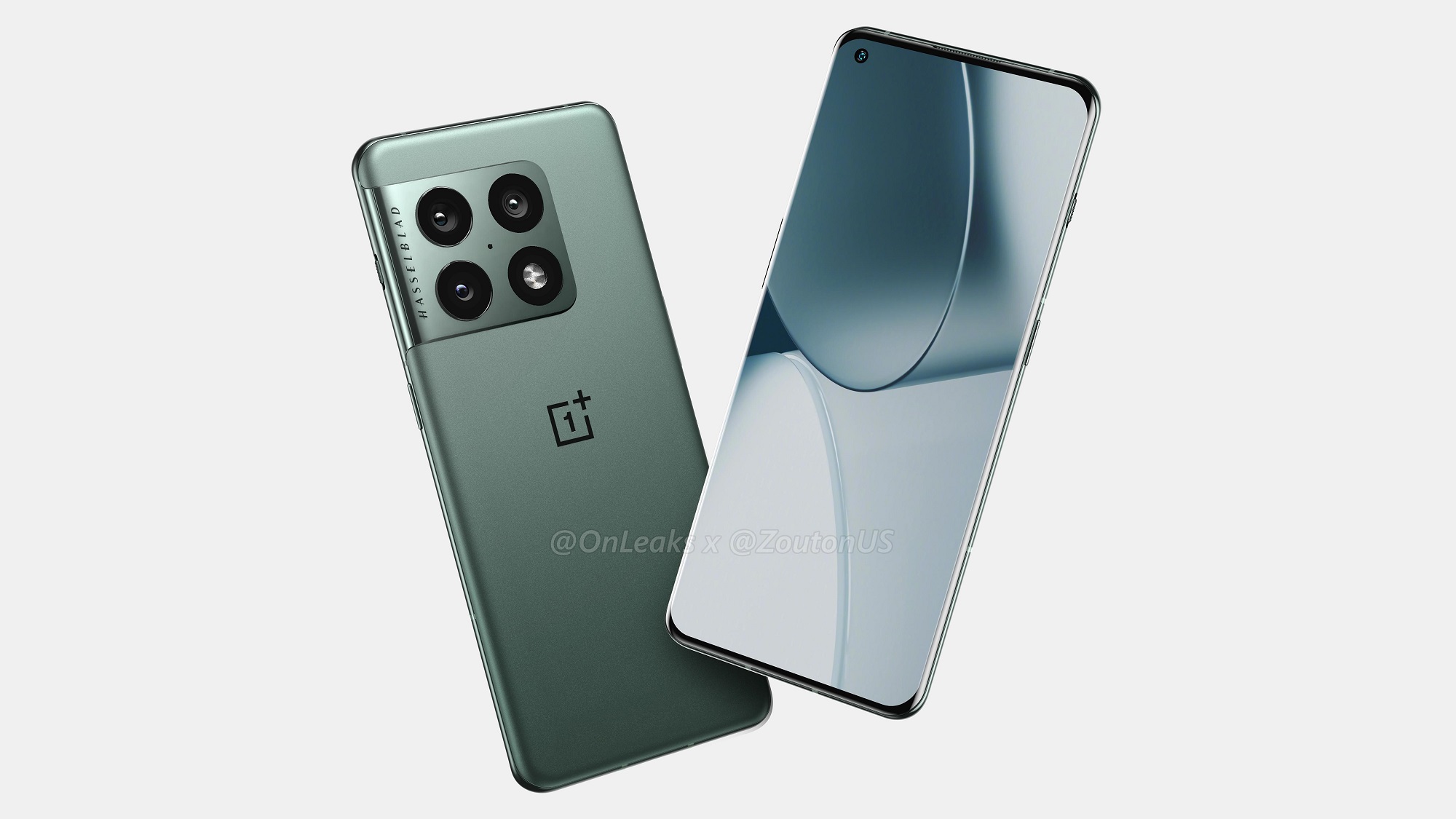
Have OnePlus, which has already confirmed that the Snapdragon viii Gen 1 will ability a futurity telephone, most likely the OnePlus ten. The phone maker has already been working with Hasselblad to improve the quality of its camera phones, and so y'all'd imagine OnePlus would jump at the chance to make the about of what the Snapdragon 8 Gen one has to offer mobile photography.
The same goes for Samsung and its upcoming Milky way S22 flagship, which is all merely certain to feature the Snapdragon viii Gen 1 (at least for versions of the phone released in the U.South.). Rumors about the Galaxy S22 Ultra suggest that in that location won't exist that much of a change from the hardware Samsung featured in the Galaxy S21 Ultra, so you lot'd imagine Samsung would welcome an improved ISP that enabled its current photographic camera to capture sharper images and video.
All about AI
Qualcomm unremarkably talks upwardly the bogus intelligence elements of its leading chipset, though that attribute took on an added importance this year with the inflow of Google's Tensor organisation-on-flake. That chipset, which powers the Pixel 6 and Pixel 6 Pro puts an added emphasis on AI and machine learning — as a result, Google's been able to brand AI-powered features like existent-time vox dictation in text messages a centerpiece of why people should consider its new flagship.
Qualcomm is responding with a new generation of its AI Engine on board the Snapdragon 8 Gen 1, powered by the Qualcomm Sensing Hub and the company's Hexagon processor. The tensor accelerator on that processor is twice as fast as before and has double the shared memory, contributing to a faster, more energy-efficient AI Engine. (Snapdragon viii Gen 1 benchmarks seem to confirm faster AI operation, even if overall performance just shows modest gains over the Snapdragon 888.)
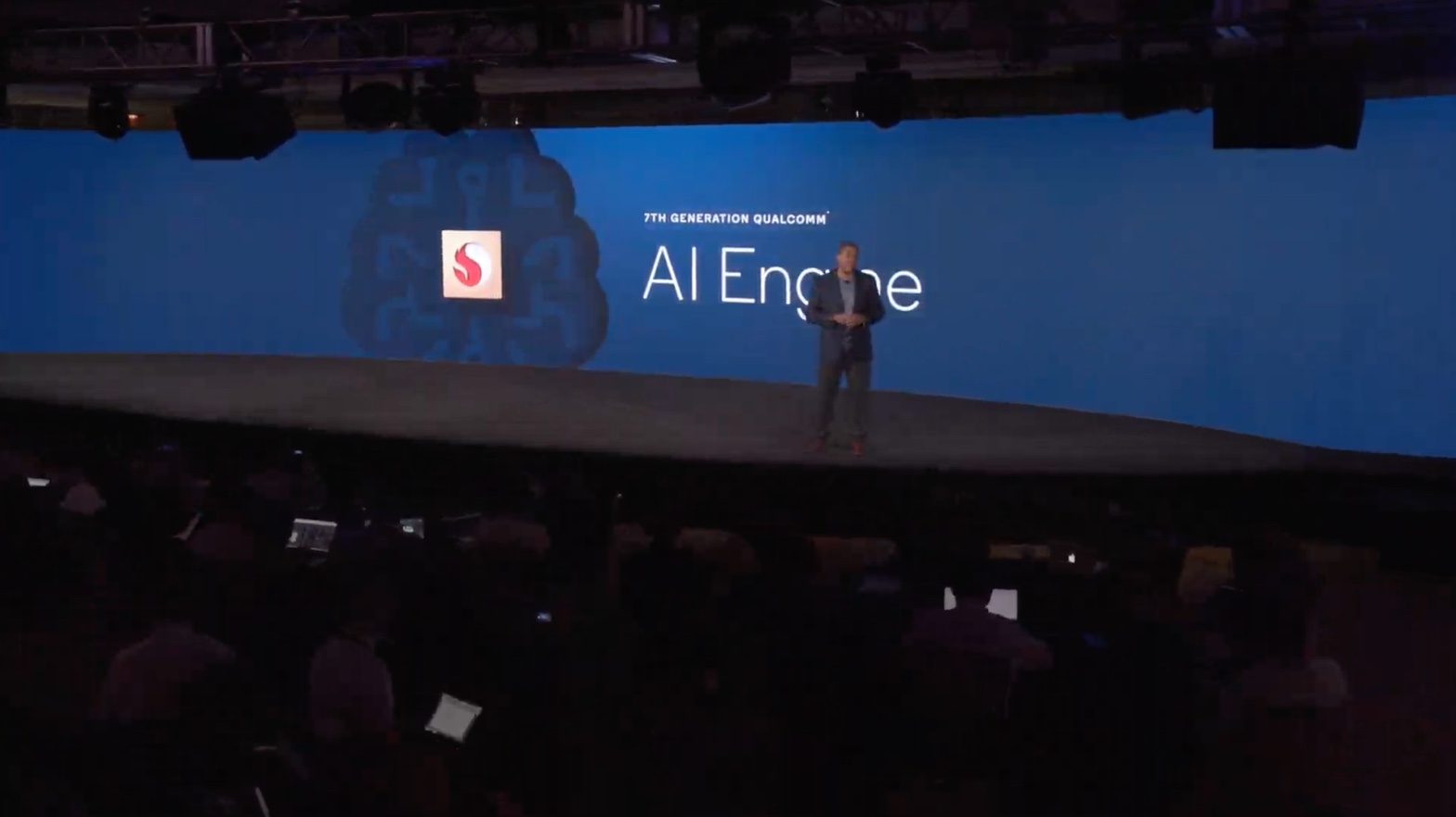
It'southward difficult to talk nigh what kind of features that performance boost enables until you have an actual phone in hand, simply some of the experiences Qualcomm touted during its Snapdragon Tech Meridian last week use natural linguistic communication processing to group text messages — presumably, the ones with a more than urgent tone would exist prioritized. A ameliorate AI engine likewise ways ameliorate photo filers and more than realistic bokeh blurs. Qualcomm even believes that mobile devices will be able to monitor your mental and concrete health by analyzing speech and vocal patterns.
We'll accept to wait until phones powered by the Snapdragon 8 Gen 1 starting time arriving to assess what the improved AI Engine is bringing to the table, just information technology sounds like Qualcomm isn't about to let Google'due south Tensor scrap get all the plaudits.
Other Snapdragon 8 Gen one features
The Snapdragon 8 Gen 1 offers other capabilities that should be of interest to anyone planning on ownership an Android phone in 2022. Gaming capabilities are front and eye once once more, as Qualcomm continues to expand its Snapdragon Elite Gaming features aimed at bringing desktop-style gaming to mobile devices. Additions to this chipset include support for volumetric rendering — fog and smoke will wait more realistic in games — and an Adreno Frame Motion engine that increases frame rates without a corresponding rise in power.
On the sound front, the Snapdragon 8 Gen 1 will be the first Snapdragon chipset to include LE sound features such as broadcast audio, stereo recording and voice back-channel for gaming. Qualcomm as well says its integrated Bluetooth 5.2 and Snapdragon Sound Engineering science will deliver clear audio and music.
5G continues to exist a critical part of Snapdragon silicon, with the latest chipset featuring carrier aggregation for faster 5G upload speeds and a 5G modem that tin can attain 10 Gbps download speeds. The Snapdragon 8 Gen 1 supports Wi-Fi 6 and 6E, too, for amend performance over Wi-Fi networks.
What this means for the Galaxy S22, OnePlus 10 and other phones
We'll get to see the Snapdragon viii Gen ane in action soon enough. The Xiaomi 12 is coming out with the chip shortly, as is the Motorola Border X30. Merely those phones are arriving in Communist china starting time and are unlikely to ever achieve the US.
Instead, the first Snapdragon 8 Gen 1-powered phone to debut in this country is probable to be the usual doubtable — Samsung's next Galaxy S flagship. And correct at present, the Galaxy S22 looks similar it's arriving around February of next year. The OnePlus x could as well exist ready around that point.
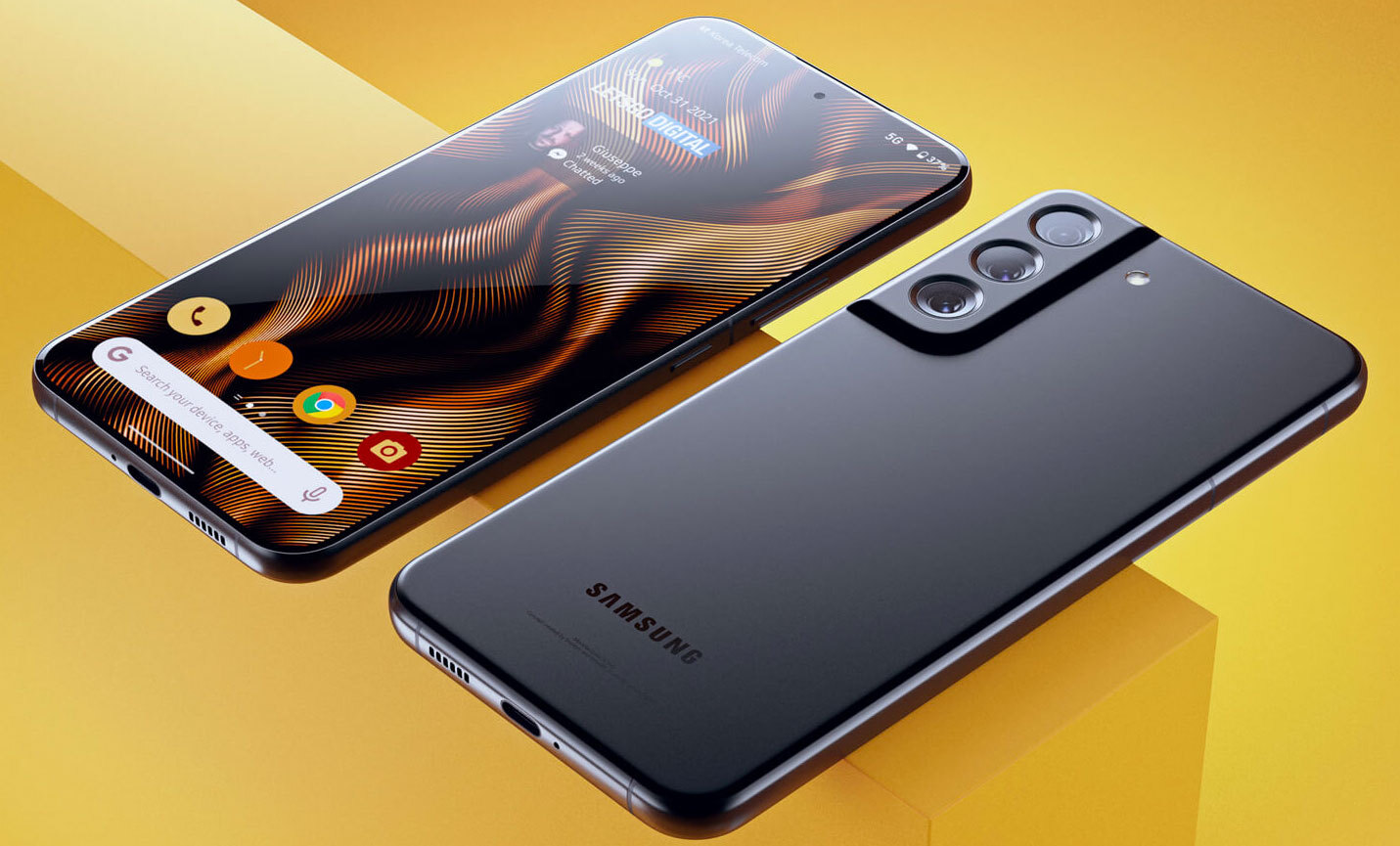
Samsung and OnePlus volition have their own features to promote once their respective flagships debut. But nosotros're willing to bet that the camera capabilities enabled by the Snapdragon 8 Gen 1 will be high on the list, and that AI-enabled features will be office of the moving picture, also. Qualcomm'due south new chipset may not exist mentioned by name, but information technology will play a cardinal role in supporting those enhancements.
This autumn has already seen the iPhone thirteen and the Pixel 6 raise our expectations for what a high-end smartphone should practice. From what we've heard about the Snapdragon 8 Gen one, Android phones that rely on that new silicon should exist able to challenge those devices for a place amidst the best phones.
Source: https://www.tomsguide.com/opinion/what-the-snapdragon-8-gen-1-tells-us-about-next-years-android-phones
Posted by: copelandtichours.blogspot.com


0 Response to "What the Snapdragon 8 Gen 1 tells us about next year's Android phones"
Post a Comment